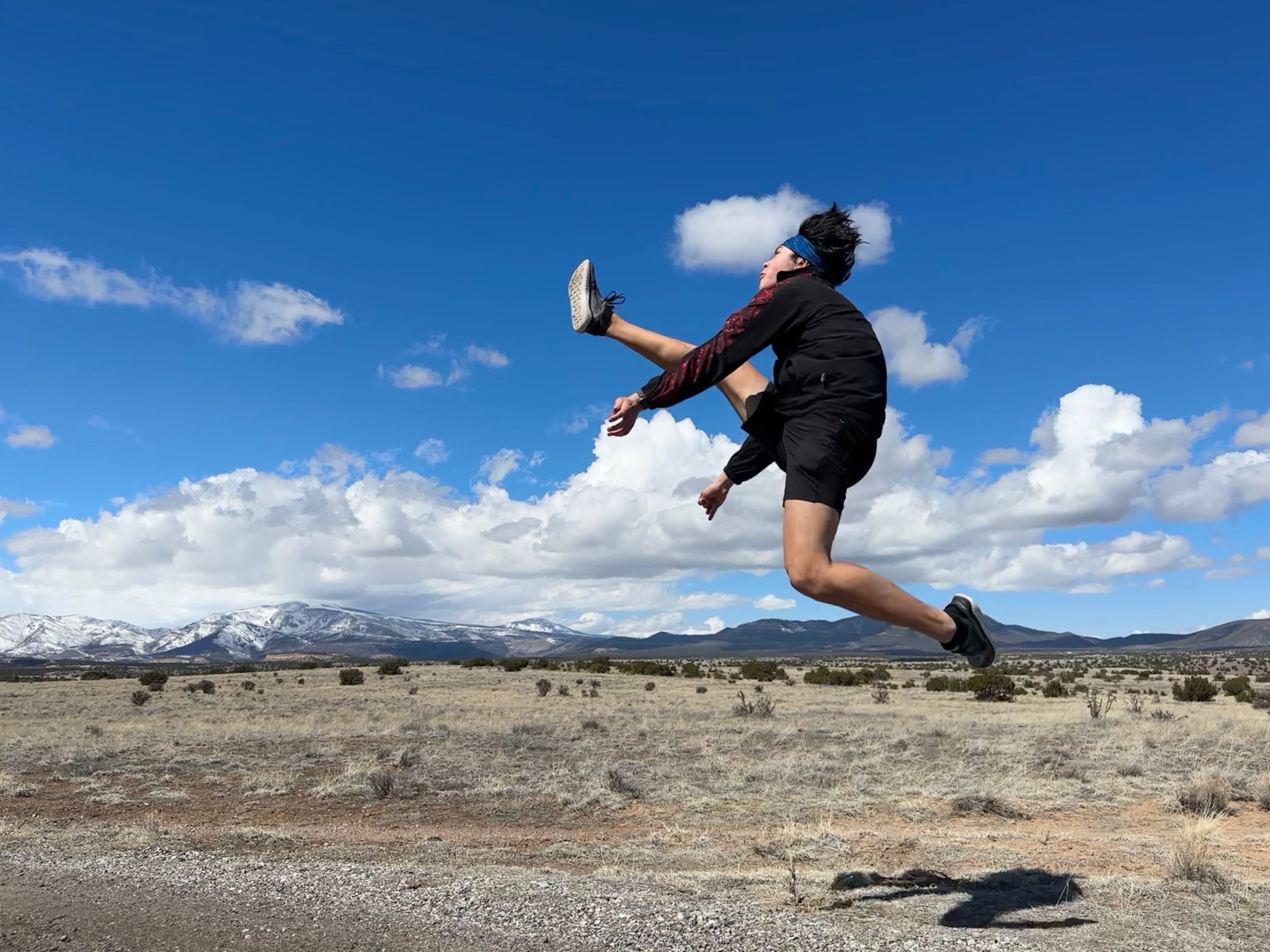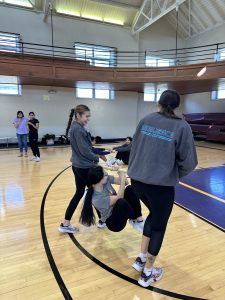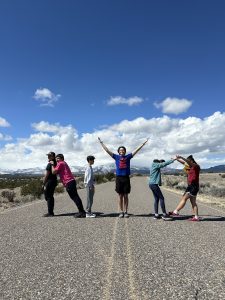Podcast: Play in new window | Download | Embed
Two federal agencies published their response to a 2023 national report on missing and murdered Indigenous people.
Wyoming Public Radio’s Hannah Habermann reports what’s next.
In 2020, Congress passed the Not Invisible Act.
The bill created a commission to develop recommendations on how to best address the MMIP crisis.
After conducting listening sessions across the country, they published their final report to the federal government.
The Department of Justice and Department of the Interior have just responded to it.
“The biggest takeaway I have is just the fact that a lot of our resources are not streamlined. It’s like a scattershot.”
That’s Enrolled Northern Arapaho tribal member Jordan Dresser.
He was part of the Not Invisible Act Commission and he agrees with the report’s takeaway that more coordination between different agencies is crucial.
“So when a family is going through something like that, I think they sometimes don’t know where to turn to.”
The more than 200-page response from the two federal agencies outlines their commitment to continuing to work with Tribal communities to find solutions to the crisis.

Leif Richards is in the 11th grade and an NYO team captain at Thunder Mountain High School. He is doing the One-Foot High Kick on the Santa Clara Pueblo Indian Reservation. (Courtesy Kyle Worl)
Now that the North American Indigenous Games Council has approved Arctic sports on a trial basis for its 2027 games in Calgary, fans of Native Youth Olympics hope the games can spread beyond northern tribes.
As Rhonda McBride from our flagship station KNBA reports, a team of athletes from Juneau, Alaska visited schools in Kansas and New Mexico.
In Arctic sports, team members encourage each other to strive for their personal best – and it’s not unusual for athletes to cheer on their opponents.
In that spirit, Kyle Worl, the head of the Native Youth Olympics program for Juneau schools, took a team of six athletes on tour.
“Every school and community we’ve gone to, they’ve been very engaged, and it’s just been fun.”
The team demonstrated seven games: The One-Foot and Two-Foot High Kick, the Alaskan High Kick, Scissor Broad Jump, Seal Hop, and the Inuit and Dene Stick Pulls, which today are part of friendly competitions that require strength, agility and endurance – necessary for traditional hunters to hop over ice flows or carry heavy loads for long distances.
Worl says everywhere they went, students showed interest in the games and their history.
“I think this sport really resonates with Indigenous people, because it’s an Indigenous-based sport – and it’s about community. And I think all tribes know that community is really important.”
- Athletes from the Juneau Native Youth Olympics program visit the Kickapoo Nation School. Team members, left to right: Leif Richards, Nate Blake, Alex Beierly, Jordan Bennett, Mila Neely, and Sam Sheakley, Jr. (Courtesy Kyle Worl)
- The Juneau NYO team members demonstrated seven games on their tour. At the Haskell Indian Nation University in Lawrence, Kansas, they added the Wrist Carry, beause one of the school’s Alaskan students was a state champion in that event. In the Wrist Carry, two people carry a pole, in which the athlete hooks his or her wrist and tries to stay suspended as long as possible. Traditionally, this game tested the strength and endurance of the hunter and helped to condition them to carry heavy loads. (Courtesy Kyle Worl)
- Six members of the Juneau Native Youth Olympic program formed the letters, NYO, while visiting the Santa Clara Pueblo Reservation in New Mexico. (Photo: Rhonda McBride) (Courtesy Kyle Worl)
Worl is hopeful the sport can take root at the Haskell Indian Nations University in Lawrence, Kan., which has two Alaskan students who can help with the coaching.
The team also traveled to the nearby Kickapoo Nation School to plant some seeds among kids who are not yet in college.
Worl says the Juneau athletes gave them a chance to try out the games for themselves, which they seemed to enjoy.
The Juneau team also traveled to New Mexico to visit the Santa Clara Pueblo Tribal school, the Santa Fe Indian School, and the Institute of American Indian Art.
They left behind kits with equipment that included a kick stand, a handsewn sealskin ball, and two types of sticks.

Crews install the final stages of a new fiber-optic internet network across four tribal nations in northern New Mexico. (Courtesy New Mexico PBS)
New Mexico’s Congressional delegation announced last week $10 million for multi-purpose facilities for seven tribes in the state.
The funding is under the U.S. Department of the Treasury’s Capital Projects Fund to invest in New Mexico’s Tribal Library Broadband-Ready Facility Improvement Program.
The program will construct a new childcare center, expand six libraries and family resource centers to boost services, and provide broadband and computers.
Get National Native News delivered to your inbox daily and stay up-to-date on the 2024 Native Vote. Sign up for our daily newsletter today.






